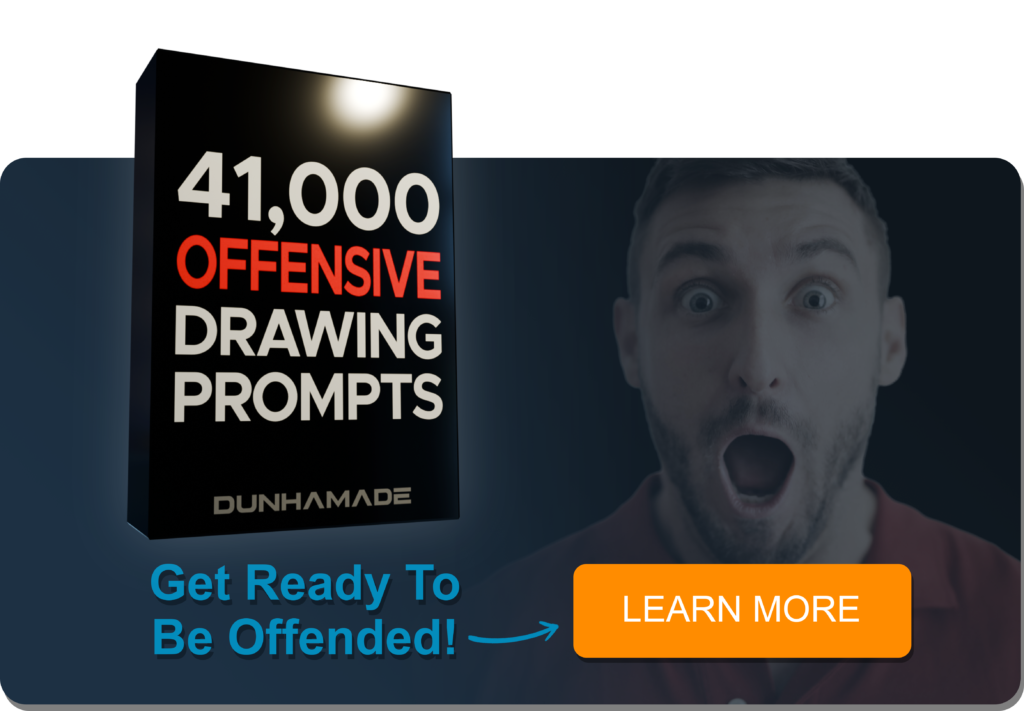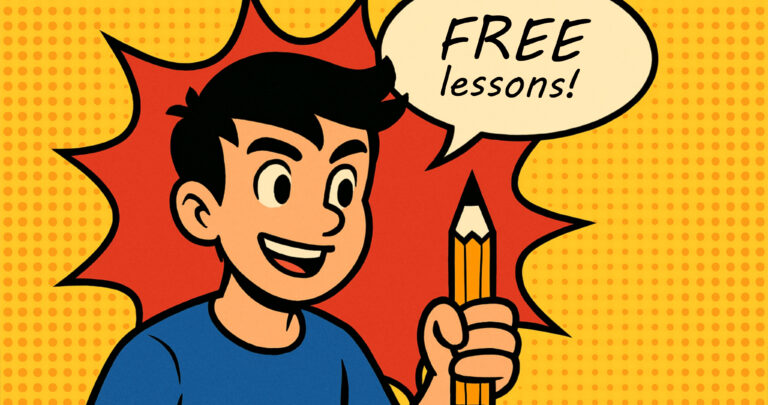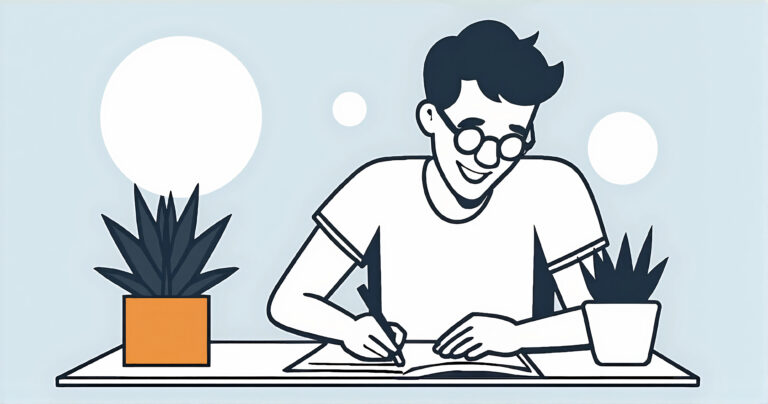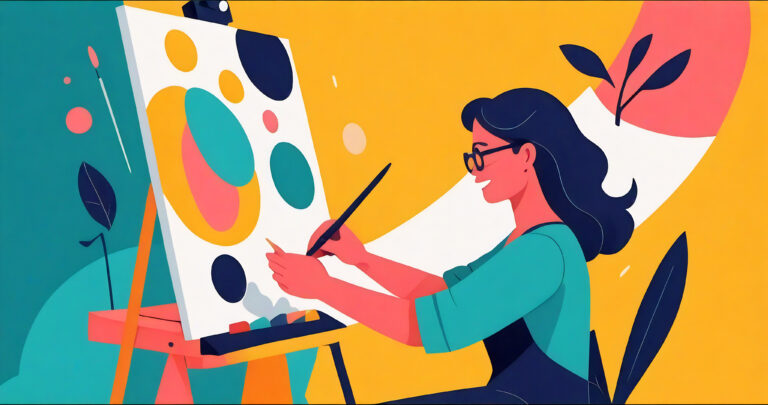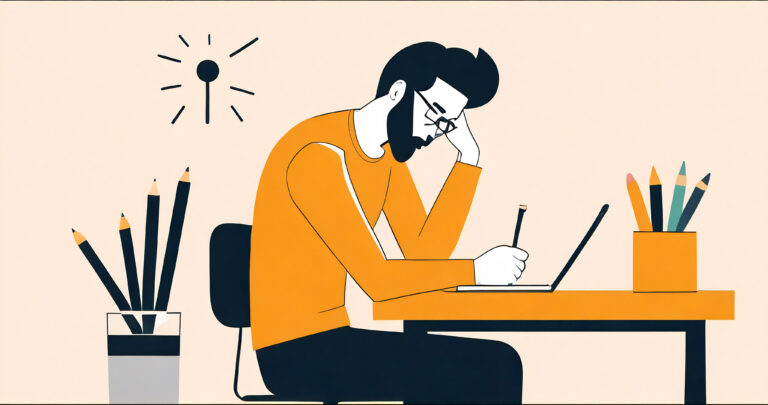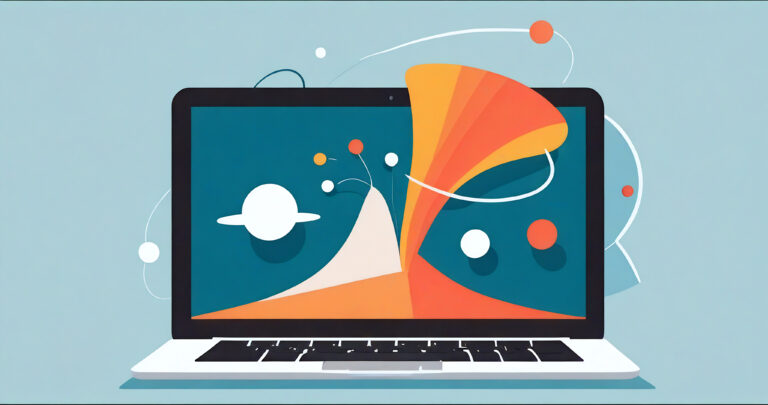If you want to make a comic, learning how to draw well is just as important as crafting a great story. But here’s the good news, you don’t need an expensive art school degree or fancy tools to get started. You can access tons of free, top-shelf material online that will help you hone the drawing ability required to make comics.
In this guide, you’ll find the best free resources for comic artists, broken down by subject. Need help with figure drawing? How about perspective? We’ve got you covered, this list has something for everyone.
Let’s start with the core of comic art: drawing characters that look dynamic, believable, and full of life.
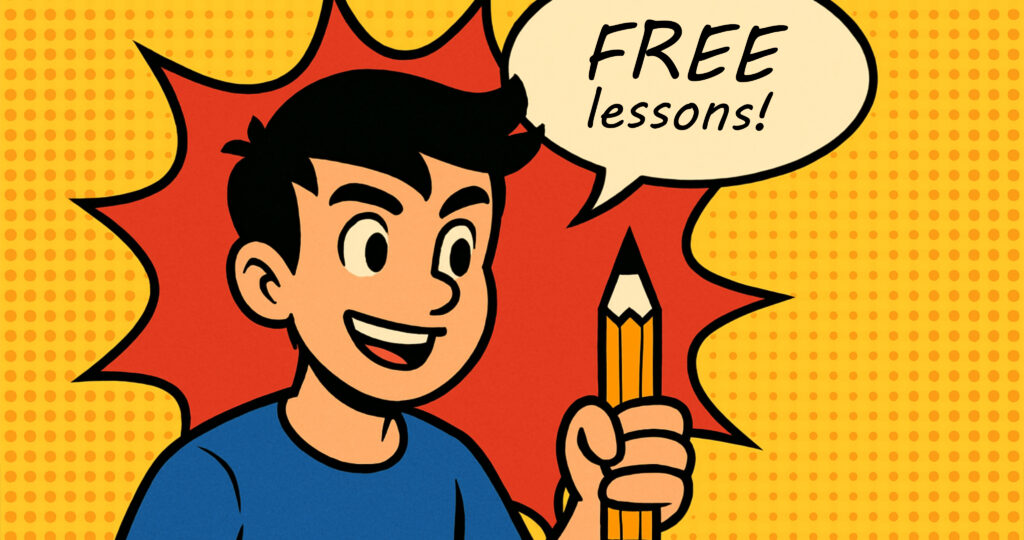
1. Figure Drawing
Figure drawing is the foundation of good comic art. If you want to make a comic, your characters need to move, act, and feel real, even when they’re stylized or exaggerated. Practicing full-body figures teaches proportion, balance, and how the human form looks in different poses and angles.
What to Focus On:
- Proportions of the human body
- Drawing from different angles (front, profile, ¾ view)
- Capturing stillness and motion in the full body
- Clothed and nude figure studies
Best Free Resources:
- Line of Action – Timed figure drawing sessions, adjustable by gender, clothing, and difficulty. Great for daily practice.
- QuickPoses – A simple, fast gesture drawing tool. Ideal for warming up.
- Proko (YouTube) – Beginner-friendly lessons on proportion, posing, and figure construction.
2. Gesture Drawing
Gesture drawing is all about capturing movement, energy, and flow in as few lines as possible. It’s less about accuracy and more about rhythm. Improving your gesture drawings will help make your characters feel alive on the page.
What to Focus On:
- Quick poses (30 seconds to 2 minutes)
- Expressing action, weight, and motion
- Avoiding stiff, lifeless drawings
- Using flowing lines to guide the eye
Best Free Resources:
- Love Life Drawing – YouTube – Focuses on expressive figure drawing and gesture tips for beginners.
- Proko – Gesture Drawing Series (YouTube) – One of the most well-known free gesture drawing resources out there.
- PoseTrainer – A free online gesture drawing tool using AI-generated model poses. NOTE: The default language is Japanese but can be translated to English by your browser.
3. Facial Expressions
Facial expressions are another vital storytelling tool in comics. A well-drawn expression can communicate a character’s emotion, subtext, and personality, sometimes without needing a single word. Whether you’re drawing subtle smirks or over-the-top reactions, learning to master facial expressions will make your characters feel alive.
What to Focus On:
- The movement of eyebrows, eyelids, and mouths
- Expressions for the six basic emotions (happy, sad, angry, afraid, surprised, disgusted)
- Subtle variations (e.g., tired smile, nervous frown)
- Drawing expressions from different angles
Best Free Resources:
- Pinterest: Facial Expression Reference Boards – Search terms like “facial expression drawing reference” or “emotion chart” for curated examples.
- Line of Action – Expressions Practice – Includes a wide range of expressions and angles for timed drawing practice.
4. Drawing Hands
Hands are notoriously difficult to draw, and notoriously important in comics. They can express emotion, indicate action, and add depth to a scene. Whether a character is pointing, clenching a fist, or gently holding something, well-drawn hands can enhance the clarity and storytelling of your panels.
What to Focus On:
- Basic hand anatomy: fingers, joints, palm structure
- Common hand poses (gripping, pointing, resting, etc.)
- Foreshortening and drawing hands in perspective
- Stylized vs. realistic hand shapes
Best Free Resources:
- Line of Action – Hands & Feet Practice – Provides a variety of hand poses from different angles and lighting setups.
- Draw with Jazza – How to Draw Hands (YouTube) – A fun and accessible breakdown of drawing hands from various angles.
- Pinterest – Hand Drawing Reference – Search “hand drawing references” or “dynamic hand poses” to find curated collections from artists and photo sources.
5. Perspective
Understanding perspective is one of the most powerful ways to bring depth, space, and believability into your comic panels. Whether you’re drawing a cityscape or an interior room, good perspective grounds your characters in a real space. And bad perspective can break the illusion completely. If you want to make a comic that feels immersive and cinematic, perspective is a skill you can’t skip.
What to Focus On:
- One-point, two-point, and three-point perspective
- Horizon lines, vanishing points, and eye level
- Drawing environments and backgrounds in proper scale
- Foreshortening objects and figures
Best Free Resources:
- David Finch Perspective Tutorial (YouTube) – A pro comic book artist teaches how to use perspective in comic panels.
- Zolly App – makes it easier by letting you draw objects from any perspective.
- Download Zolly on iOS – https://apps.apple.com/us/app/zolly-p…
- Download Zolly on Android – https://play.google.com/store/apps/de…
- Download Zolly on PC – https://apps.microsoft.com/detail/9pc…
6. Anatomy for Artists
While figure drawing teaches you how the body looks and moves on the outside, anatomy for artists goes under the surface. It helps you understand how bones and muscles influence the form. If you want to make a comic with believable characters, whether realistic or stylized, knowing the structure beneath the skin is a game changer.
What to Focus On:
- Skeletal structure and major muscle groups
- How muscles contract, stretch, and affect surface form
- Landmarks on the body (collarbones, spine curve, hips, etc.)
- Differences in body types and gender
Best Free Resources:
- Proko – Anatomy Playlist (YouTube) – One of the best free anatomy series on the internet. It breaks down each body part with clarity and humor.
- Artistsnetwork – A downloadable guide to studying and drawing anatomy. Normally $9.99 USD but currently free at the time of writing this post.
- Marc Brunet (YouTube) – Learn to draw anatomy in 7 days!
- Random Nerds – Scroll down to chapter 6, Anatomy.
7. Cartoon Drawing
Cartooning isn’t just about simplifying shapes. It’s about distilling characters into expressive, appealing forms that can carry a story. Whether your comic leans toward a cartoony style or you just want to exaggerate expressions and body language, cartoon drawing is a vital skill when you make a comic that connects emotionally with readers.
What to Focus On:
- Simplifying anatomy while keeping structure intact
- Exaggerating features for clarity and humor
- Varying character silhouettes and facial features
- Creating visual contrast between characters
Best Free Resources:
- Aki-Anyway (YouTube) – Beginners guide to cartooning people.
- Draw with Jazza – Cartooning Tutorials – A playlist of fun, fast-paced cartooning lessons.
- Pinterest – Cartoon Style Reference Boards – Search for “cartoon character design references” or “simplified anatomy” to explore visual inspiration.
- Alison Beere – Free cartooning lessons.
8. Inking & Line Art
Once your sketches are complete, inking brings your artwork to life. Clean line work adds clarity, mood, and depth to your comic pages. Learning how to use line weight, texture, and rhythm can dramatically improve the professional look of your work. This is especially true if you plan to make a comic in black and white or with limited color.
What to Focus On:
- Varying line weight for depth and emphasis
- Using hatching and crosshatching for shading
- Creating smooth, confident strokes
- Developing your own inking style (digital or traditional)
Best Free Resources:
- Proko – Inking Tips (YouTube) – Digital Inking Tips from a DC Comic Artist.
- David Finch – Inking Demos (YouTube) – Professional comic book artist demonstrating real-time inking and line work.
- Random Nerds – Scroll down to chapter 3, Inking the Head and Figure
- Inking Practice Sheets – DeviantArt & Gumroad – Inking practice sheet – free PDF to print or use digitally.
9. Shading & Lighting
Shading and lighting add depth, mood, and focus to your drawings. In comics, they can also control atmosphere, indicate time of day, or highlight important elements in a scene. Mastering these techniques, especially in black-and-white or grayscale comics, can make your work feel far more professional, even with simple tools.
What to Focus On:
- Understanding light sources (single, multiple, ambient)
- Shading techniques: hatching, crosshatching, blending
- Using light and shadow to emphasize form and drama
- Balancing contrast to guide the reader’s eye
Best Free Resources:
- Sycra (YouTube) – A must-watch introduction to how light defines form.
- Will Kemp Art School – A Beginners Guide to Light & Shadow.
- Clip Studio Tips – A Helpful Guide to Shading and Lighting.
- 21 Draw (YouTube) – Illustration Master Course (Mastering Lighting and Shading: Ep.1).
10. Composition & Panel Layout
Knowing how to compose a panel or full comic page is essential when you make a comic that’s easy to read and visually exciting. Good layout guides the reader’s eye, controls pacing, and enhances storytelling. It’s not just about what you draw, it’s how you arrange it.
What to Focus On:
- Rule of thirds, balance, and focal points
- Page flow: left-to-right, top-to-bottom readability
- Using panel size and shape to control pacing and impact
- Overlaps, gutters, and negative space for visual clarity
Best Free Resources:
- Jeannette Sirois (YouTube) – Easy Composition for Beginners.
- Make a Mark Studios – Composition in Art 101.
- How to Draw Comics . NET (YouTube) – Comic Art Class: Panel Layouts.
- Clip Studio – How to Use Comic Panels to Create a Story.
11. Backgrounds & Environments
Backgrounds do more than fill empty space, they set the tone, establish the setting, and make your comic world feel real. Whether you’re drawing a post-apocalyptic wasteland or a cozy apartment, believable environments help readers connect with your story. Many artists avoid backgrounds because they feel difficult, but learning even the basics will make a huge difference when you make a comic.
What to Focus On:
- Drawing simple interiors and exteriors in perspective
- Using backgrounds to support the mood or tone
- Layering foreground, midground, and background elements
- Balancing detail so backgrounds enhance (not overwhelm) your characters
Best Free Resources:
- Random Nerds – Scroll down to chapter 15, Props and Backgrounds.
- Walter Ostlie (YouTube) – Drawing Backgrounds Made Easy for Webtoon and Comics.
- Ram Studios Comics – How to Draw Backgrounds in Perspective with Basic Steps.
You Don’t Need a Big Budget to Make a Comic—Just the Right Resources
Learning to draw well enough to make a comic can feel like a huge mountain to climb. But with the right tools and consistent practice, it’s completely within reach. And the best part? You don’t need expensive courses or subscriptions to start improving today.
We’ve shown you the best free resources for every key skill a comic artist needs, from figure drawing and hands to panel layouts and backgrounds. Whether you’re planning a short webcomic or an epic graphic novel, these tools can help you bring your story to life without breaking the bank.
So, bookmark this page, set aside a little time each day, and start building your skills. The more you draw, the closer you get to making the comic you’ve always wanted to create.
